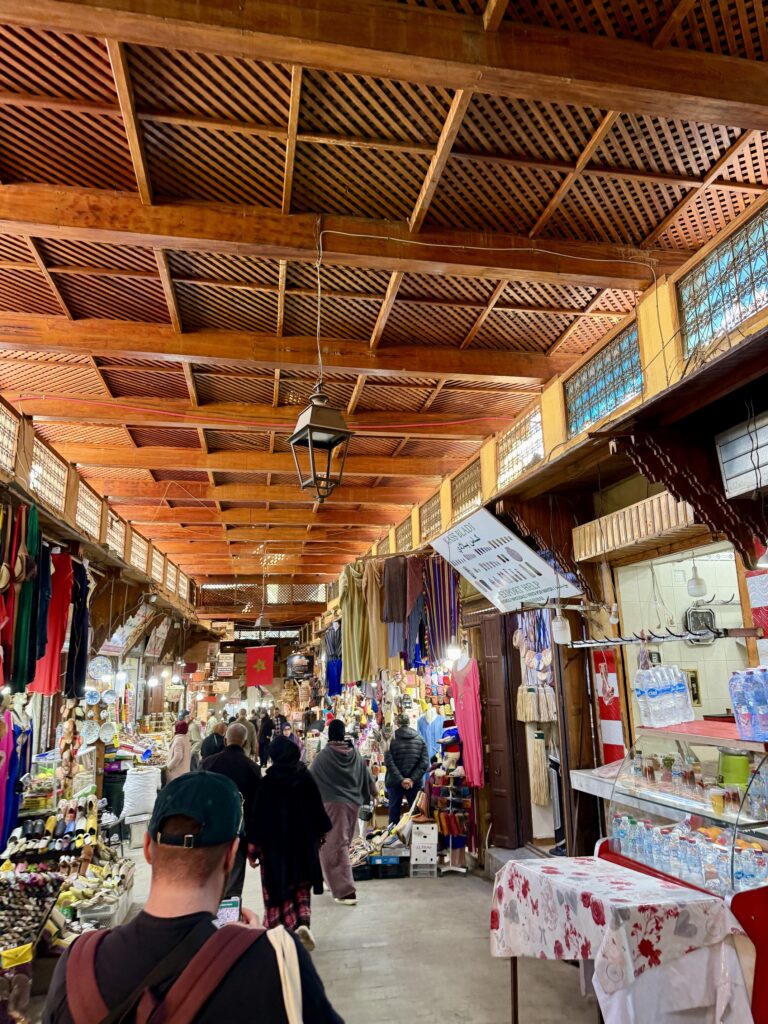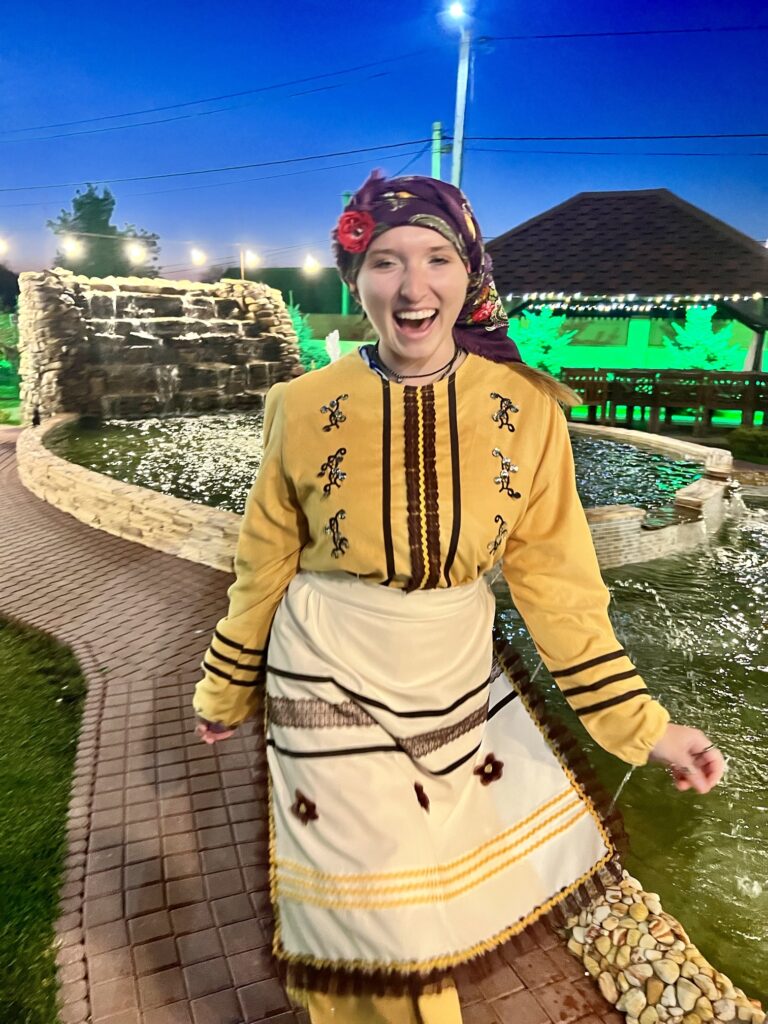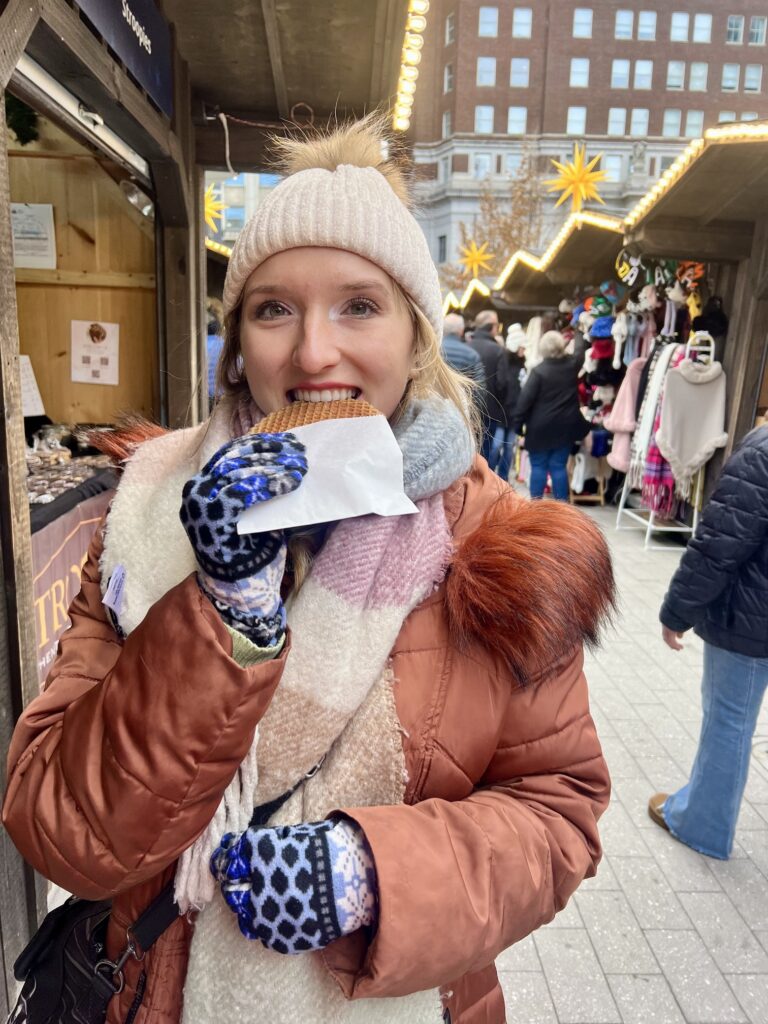
Exploring the History of Medinas in Morocco
 April 25
April 25
 9 min read
9 min read

History of Medinas in Morocco- Key Highlights
- Medinas are walled old cities found in North Africa, particularly in Morocco, each with a unique history.
- They feature narrow streets, often inaccessible by cars, where life continues much as it has for centuries.
- Moroccan Medinas are renowned for their vibrant souks, where you can find everything from handicrafts to spices.
- Exploring a medina offers a glimpse into traditional Moroccan life, architecture, and culture.
- Key attractions include the Koutoubia Mosque in Marrakesh and the labyrinthine alleyways of the Fez medina.
Introduction
Travel back in time as we dive into the captivating Medinas. These are the old cities at the center of many Moroccan cities. They are UNESCO World Heritage sites recognized by the Secretariat of UNESCO, found mostly in North Africa. The Medinas show a mix of rich culture, stunning buildings, and lively daily life. While we walk through their narrow streets, we will discover the stories and secrets hidden in their ancient walls. Dive into this article and learn about the history of Medinas in Morocco.
The Origins and Historical Significance of Medinas in Morocco
Moroccan medinas started during the early Islamic period, with some going back to the 8th century. These walled cities were important for trade, religion, and culture. They helped shape urban development in Morocco. Over the years, various dynasties, each with unique architectural styles, have influenced these medinas. This has created a rich and interesting blend of Moroccan history.
Understanding the Definition and Importance of a Medina
The word “medina” means “city” in Arabic. It refers to the old part of cities in the Muslim world. Medinas are usually surrounded by strong walls and contain important religious and community buildings. For example, the medina of Fez is one of the oldest and largest places in the world where cars are not allowed. It shows how traditional Islamic cities were built. After the French Protectorate from 1912 to 1956, new towns called “Ville Nouvelle” were built next to the old medinas. This created an interesting mix of modern and traditional life in Morocco.
Key Historical Events Shaping the Medinas
Moroccan Medinas have a rich history that goes back many centuries. They were shaped by important dynasties and key events. In the 11th century, the Almoravids came to power. They built Marrakesh and had a big impact on how its Medina looked for a long period. The Medina of Fes, created in the 8th century, also grew during the Marinid dynasty. This time was special for learning and art. But in the early 20th century, the French Protectorate brought new building styles and planning ideas. Now you can see a beautiful mix of old and new influences in Moroccan Medinas.
Architectural Styles and Influences in Moroccan Medinas
Moroccan medinas blend many architectural styles. They show the country’s rich history. You can see detailed geometric designs from Islamic art. There are also nice arches and detailed decorations from Moorish architecture. Each part of the medinas shares a story. You will find these influences in their mosques, palaces, riads, and popular narrow streets.
Common Architectural Features in Medinas
Stepping into a Moroccan medina feels like going back in time. Your senses are filled with the sights, sounds, and smells of an old and busy world. The narrow and winding cobblestone streets, often under the shade of overhanging houses, make everything feel like a place of magic that is mysterious and exciting. These streets do not allow cars, so donkeys and hand-drawn carts are the main way to get around. Traditional riads have beautiful interior courtyards and detailed tilework, providing a quiet break from the crowds. Look for the monumental doors. They are often decorated with amazing carvings and lead to hidden courtyards and secret gardens.
Influence of Islamic and Moorish Styles
The architectural style of Moroccan Medinas is deeply rooted in the rich traditions of Islamic and Moorish design. The Koutoubia Mosque stands tall with its high minaret visible from far away. It shows the beauty and precise shapes of Islamic architecture. Besides the grand mosques, later architectural jewels also reflect Moorish design, seen in the detailed stuccowork, vibrant tiles, and lovely arches. These features turn even simple areas into amazing works of art. The Medinas reflect the lasting impact of these two architectural styles, coming together to create stunningly beautiful spaces.

Cultural and Social Aspects of Life in Medinas
The real charm of Moroccan Medinas goes beyond their amazing buildings. These places are more than spots for tourists. They are real communities where old traditions still thrive. You can hear the lively sounds of the souks, or markets, and also find peaceful moments of prayer in the mosques. Medinas give us a look into the essence of Moroccan culture.
Daily Life and Community Activities
Life in a Moroccan Medina centers around a strong community spirit. The main thoroughfare is lined with shops and cafes and acts as an important role as a key meeting place. Here, locals come together to talk, enjoy mint tea, and catch up on their day. As time goes by, the air fills with many sounds. You can hear the call to prayer from minarets, the steady hammering of metalworkers in their shops, and the lively chat of vendors in the souks. Even with many tourists, the Medinas keep their more authentic atmosphere.
Traditional Crafts and Trades in the Medina
For many years, Moroccan Medinas have been important places for traditional crafts and trades. Skills in these areas have been passed down through the years. The souks, or winding narrow streets filled with shops, are the main attraction of the Medina, showcasing this rich tradition. Each souk usually focuses on a certain trade or craft, creating a lively mix of colors, smells, and sounds.
- Souk Semmarine: This busy market is famous for its beautiful traditional Moroccan slippers.
- Souk Haddadine: Here, you can hear the sound of blacksmiths working with metal to create detailed designs. This highlights the long-lasting tradition of metalwork in Morocco.
- Themed souks: The medinas also have many other themed souks. Each one specializes in different crafts, including leather goods, metalwork, pottery, and textiles.
Visiting a Medina
A trip to a Moroccan Medina is an amazing experience. It lets you see a world that feels like it hasn’t changed. Walking around these busy, old areas, especially the Medina’s religious sites, is like traveling back in time. But, it can be hard to find your way through the winding paths. Knowing a bit about the culture can make your visit even better.
What to Buy in Medina
Shopping in a Moroccan medina is a special experience. You will see bright colored fabrics and beautiful carpets. The air is filled with nice smells from spices and handmade leather items. The souks are full of unique and real souvenirs.
If you want to try Morocco’s tasty food, go to Souk El Attarine. There, you will see big piles of spices that look and smell amazing. Souk Ek Kebir is the leather market. Here, you can find bags, jackets, and belts that are made really well. Be sure to check out Souk des Teinturiers. It has bright fabrics dyed with natural colors, and don’t miss visiting Souk des Bijoutiers for an exquisite collection of fine Moroccan jewelry.
Don’t forget, haggling is part of the shopping fun. You should try to negotiate for a good price.
Best Medinas in Morocco
Each Moroccan Medina possesses a unique character and charm. Here’s a glimpse into some of the most captivating Medinas:
|
Medina |
Highlights |
|---|---|
|
Marrakesh |
Explore the Djemaa el Fna square, marvel at the Koutoubia Mosque, and lose yourself in the labyrinthine souks. |
|
Fez |
Discover ancient tanneries, admire the splendor of the medina’s religious sites, and experience the hustle and bustle of daily life. |
|
Meknes |
Uncover the city’s imperial past, explore the vibrant spice market, and enjoy a more laid-back medina experience. |
Remember to dress modestly, especially when visiting the medina’s religious sites.
Tips, Tricks, and Haggling
Engage in haggling at the Medinas in Morocco for a true local experience. Use small bills when you bargain, as that is part of the culture. Start with a lower offer than the initial asking price. This helps you find an agreeable middle ground. Be aware of the most common scams, and try to dress modestly to blend in. Visit themed souks like Souk Semmarine and Souk El Attarine for unique finds. Remember to look for the beautiful architecture in the Medina as you explore.

Conclusion
Exploring the rich history of the Medinas in Morocco shows a lively mix of culture, architecture, and community. This mix has shaped the nation for hundreds of years. Medinas started as busy trade centers and are still important in modern Moroccan life. They are more than just places with historical significance; they are lively spaces full of stories and traditions. When you visit these interesting areas, whether to admire their designs, try local crafts, or enjoy the daily life, you’ll gain a better understanding of Morocco’s heritage. So, get ready to discover the best Medinas in Morocco.
Each visit will give you a special experience filled with warmth, color, and history. If you have questions or want to know more about this exciting part of Moroccan culture, you can check our frequently asked questions section. Your journey into the heart of Morocco’s Medinas is just starting!
Planning a visit to Morocco? Check out my complete travel guide!
Frequently Asked Questions
What is the Oldest Medina in Morocco?
The medina of Fez is the oldest medina in Morocco. It was founded in the 8th century. This old city center has a lot of history and amazing buildings. It shows the strong culture of Morocco. Its importance is clear in the content of each nomination file sent to international organizations.
How Do Medinas Contribute to Moroccan Culture?
Medinas are lively hubs of Moroccan culture. They keep alive traditional crafts, customs, and social connections. Medinas connects the past with the present. They show the lasting traditions of the Western Muslim world. They also give us a look into the core of Moroccan society. This stands in sharp contrast to the growth seen in new town areas and other African cities.
What Are Some Key Historical Events That Have Taken Place in Medinas in Morocco?
Over the centuries, Medinas in Morocco has witnessed significant historical events like the Arab conquest of North Africa in the 7th century, the establishment of the Idrisid dynasty in Fes in the 8th century, and the French and Spanish colonial rule in Morocco in the 20th century.
Recent Posts
Related Posts
Christmas Markets in Philadelphia: What to Know
Christmas Markets in Philadelphia- Key Highlights Introduction Philadelphians and people who visit the city can enjoy a…
Best Foods to Try in Pennsylvania for Your Next Trip
Best Foods to Try in Pennsylvania- Key Highlights Introduction In Pennsylvania, simple things turn into something good…
Best Places to Visit in Pennsylvania: Adventure Awaits!
Best Places to Visit in Pennsylvania- Key Highlights With Pennsylvania’s rich variety, there’s something for everyone, from…




